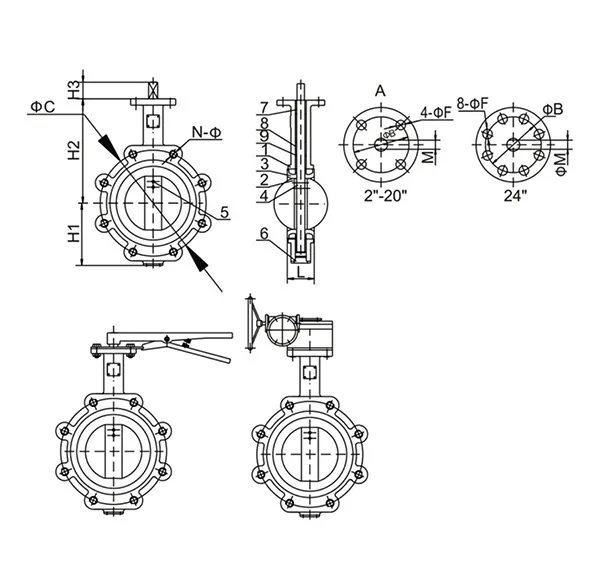Sep . 12, 2024 19:25 Back to list
building cable wire
Understanding Building Cable Wire An Essential Component in Construction
In the modern world, cable wire plays a crucial role in both residential and commercial construction projects. Building cable wire is not just a simple conductor; it is an essential component that ensures the reliable transmission of electricity and information throughout structures. This article will delve into various aspects of building cable wire, including its types, applications, and best practices for installation.
Types of Building Cable Wire
Building cable wire comes in various types and configurations, catering to the diverse needs of construction projects. The most common types include
1. Non-Metallic Sheathed Cable (NM Cable) Often used in residential buildings, NM cable is a flexible cable that consists of two or more insulated conductors and a bare ground wire, all housed within a non-metallic sheath. It is easy to install and is suitable for dry locations.
2. Armored Cable (AC Cable) AC cable features a layer of metal armor, providing added protection against physical damage. This type of cable is commonly used in commercial settings where durability is paramount.
3. Underground Feeder (UF Cable) Designed for installation in underground locations, UF cable is moisture-resistant and can be directly buried. It is typically used for outdoor lighting and power supply.
4. Multi-Conductor Cable This cable combines several conductors within a single sheath, making it a preferred choice for applications requiring multiple connections, such as in control systems.
Applications of Building Cable Wire
Building cable wire is indispensable in various electrical systems within a structure. Primarily used for
- Power Distribution It facilitates the transmission of electricity from the main service panel to general outlets, lighting fixtures, and larger appliances. - Networking and Communication Cables designed for data transmission, such as Ethernet cables, are employed in information technology networks to connect computers and other devices.
building cable wire

- Fire Alarm Systems Specialized cables are used to connect fire alarms and other life-safety systems, ensuring they function reliably in emergencies.
- Home Automation As smart homes become more prevalent, building cable wire is critical in linking various devices, enabling seamless operation and control.
Best Practices for Installation
The proper installation of building cable wire is vital for ensuring safety and performance. Here are some best practices to consider
1. Adhere to Local Codes Always comply with local electrical codes and standards. These regulations are designed to protect lives and property.
2. Use the Right Cables Select cables that are suitable for the specific application, considering factors such as voltage, amperage, and environmental conditions.
3. Install with Care Take care during installation to avoid damaging the wire's insulation. Use appropriate tools and techniques to prevent kinks, nicks, or other forms of damage.
4. Plan Carefully Properly plan the layout of electrical systems. This not only aids in efficient installation but also ensures easy access for future maintenance or upgrades.
5. Regular Inspections After installation, perform regular inspections to catch any wear or damage early, ensuring continued safety and performance.
Conclusion
In conclusion, building cable wire is a vital element in the construction and operation of modern buildings. Understanding its types, applications, and installation practices can help ensure both safety and efficiency in electrical systems. As technology continues to evolve, the importance of quality cable wire in supporting advanced infrastructure will only grow. Investing in the right materials and adhering to best practices is crucial for anyone involved in construction or electrical work.
Share
-
Reliable Wafer Type Butterfly Valves for Every IndustryNewsJul.25,2025
-
Reliable Flow Control Begins with the Right Ball Check ValveNewsJul.25,2025
-
Precision Flow Control Starts with Quality ValvesNewsJul.25,2025
-
Industrial Flow Control ReliabilityNewsJul.25,2025
-
Engineered for Efficiency Gate Valves That Power Industrial PerformanceNewsJul.25,2025
-
Empowering Infrastructure Through Quality ManufacturingNewsJul.25,2025